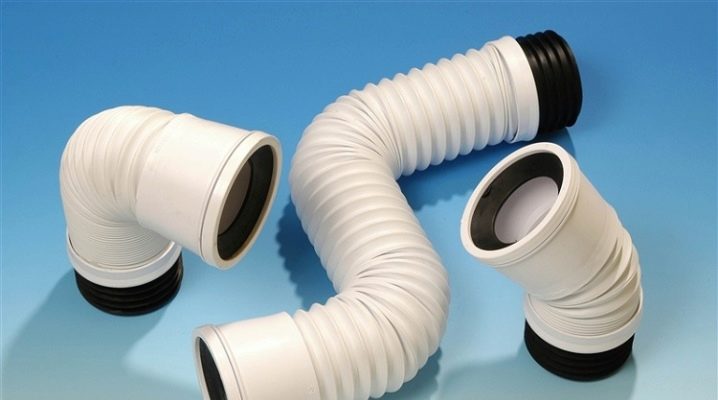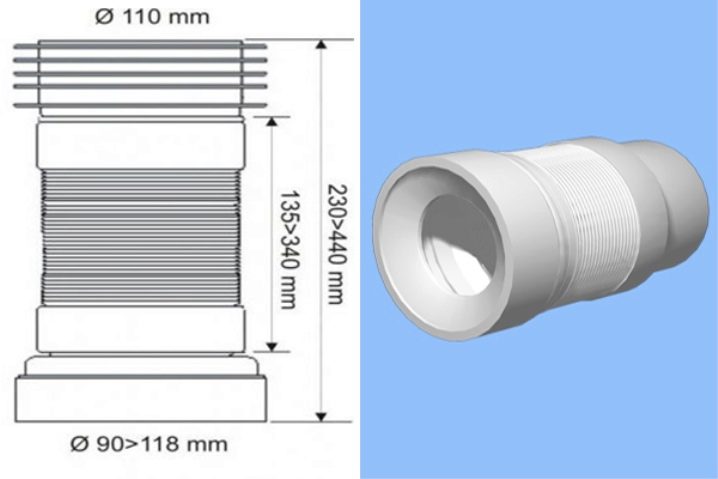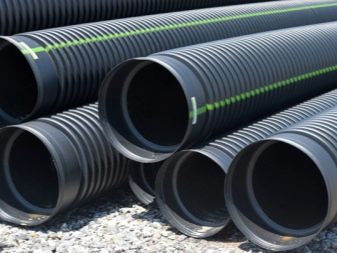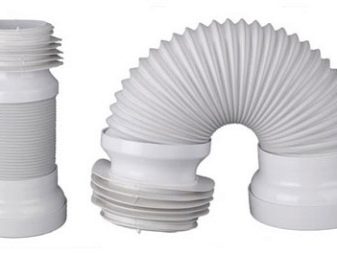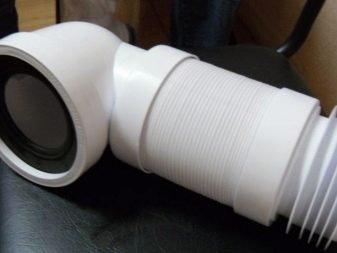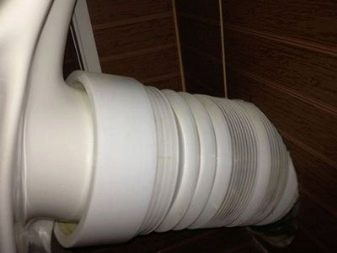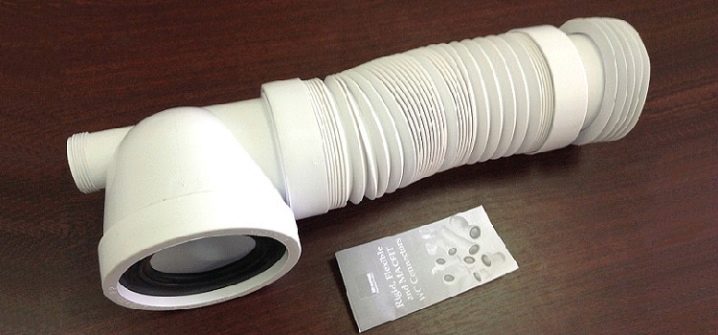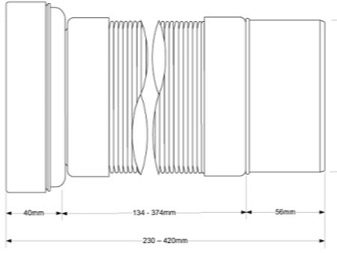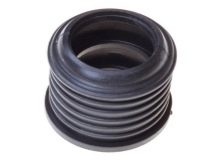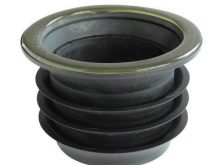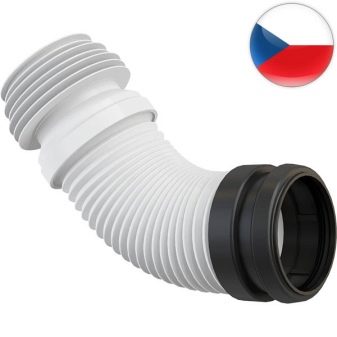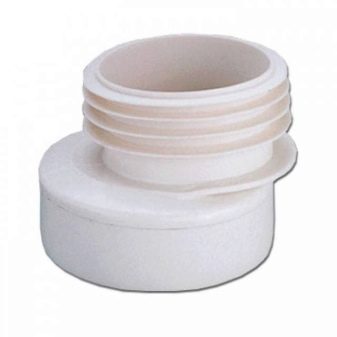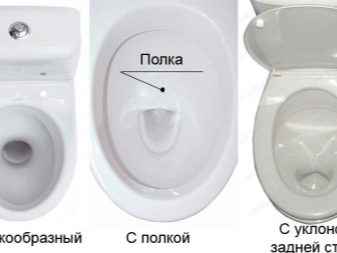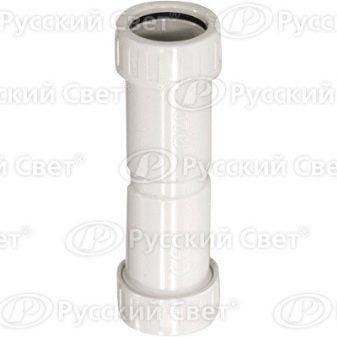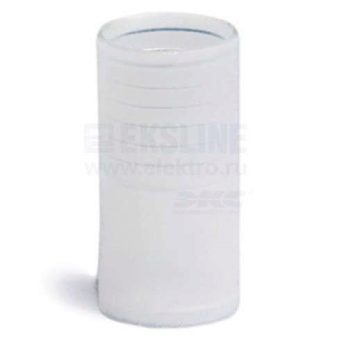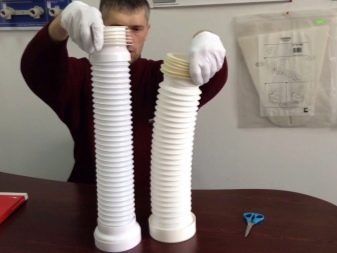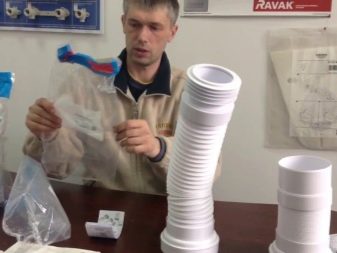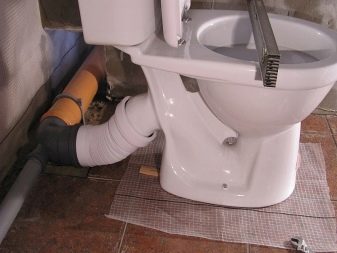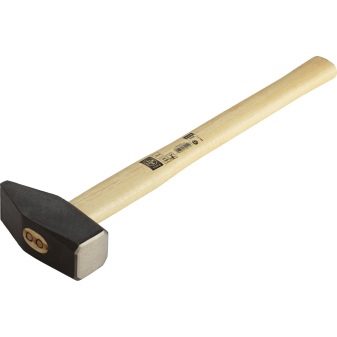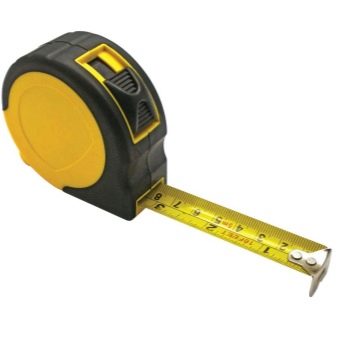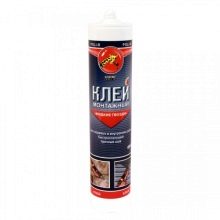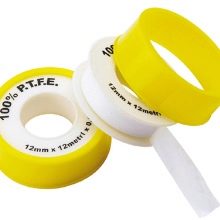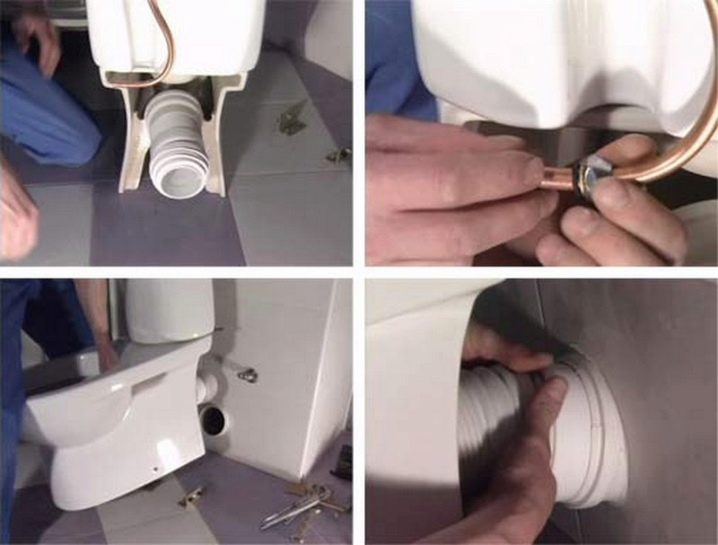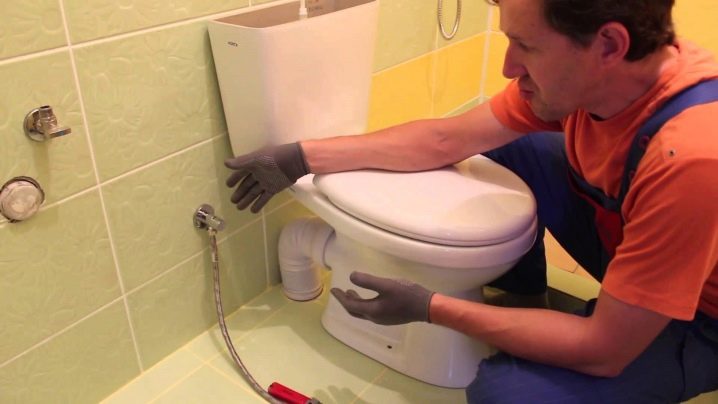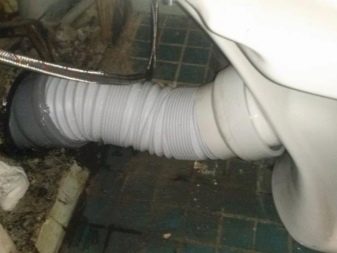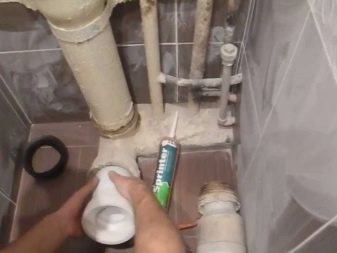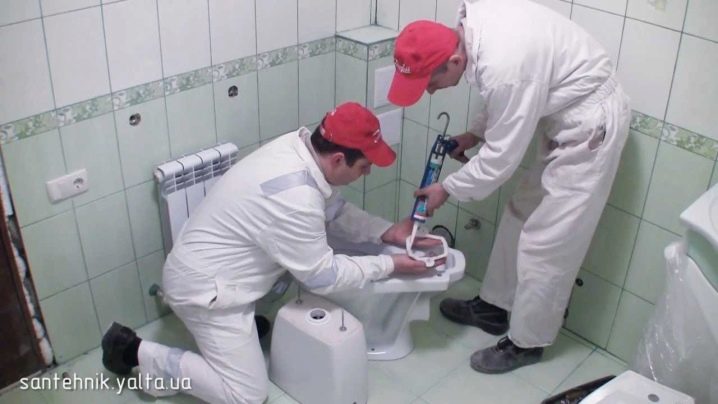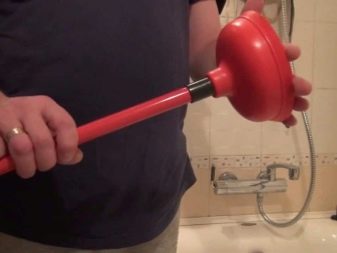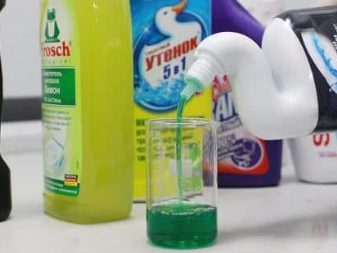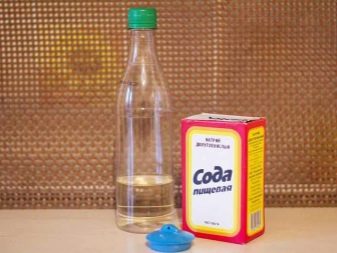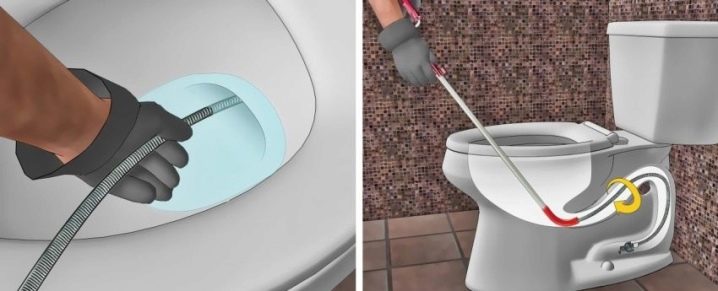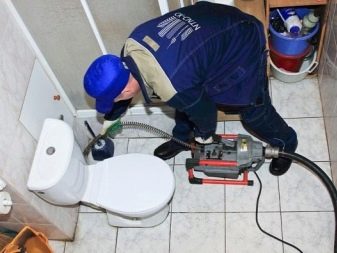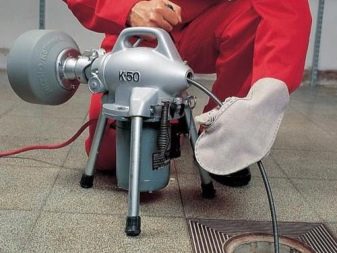Corrugated toilet bowl: purpose, types and installation tips
Sometimes only with the help of corrugations you can set the toilet in the desired position. When using standard rigid pipes it is not always possible in the position in which the owner wants. The article will discuss in detail all the issues related to the use of plastic corrugations to dismantle the old or install a new pipe.
Features and Purpose
The pressure-free corrugation (cuff) for the toilet bowl, made of plastic, makes repairs in the toilet much easier. Previously, in order to connect the toilet construction to the sewage system, cast iron pipes were used, which were distinguished by their severity and difficulty of installation. At present, it is much easier and more convenient to use plastic products for this purpose.And in the conditions of many apartments, when every square centimeter is counted, such a toilet flush is the only possible way to install a urinal.
Corrugation is called a transitional element of the plumbing systemwhich is designed to connect the toilet pipe to the sewer pipe. This is a wide tube with corrugated walls made of thermal plastic. Its edge is a connecting cuff, thanks to which it is easier to fit the pipe and the outlet of the toilet bowl. The length of the corrugations is on average 25-30 cm, the cuff has a diameter of 13.4 cm on the outside, 7.5 cm on the inside (from the side of the toilet bowl). The end that is attached to the sewer pipe has a diameter of 11 cm.
The peculiarity of the toilet plastic corrugation is such that inside it there is a layer that significantly increases its technical characteristics. This is especially noticeable if you opt for the products of leading global manufacturers, such as SML or Duker.
Install a corrugation on the toilet is much more convenient and more profitable than a cast iron pipe. First of all, plastic is lightweight, costs less, and has a much longer service life.
It is easy to clean, you can do it yourself. Before installing the corrugation, no pre-embossing is required.
Corrugation is not always used. In most cases, it is preferable to take a plastic pipe, it is much stronger.
Corrugation for toilet used in some cases.
- In a situation when the toilet is shifted along the axis relative to the sewer socket. This can occur when, as a result of the flooring of the tile, its level rises, or when the owner has decided to move the toilet, setting it to another place. In each such case, there will be no precise docking of the outlet of the toilet bowl and the sewer socket, that is, you will need to use a special corrugated drain. If the toilet bowl is being replaced and the new one is installed at another place, the corrugation should be no shorter than 50 cm. If you do not use plastic, you will have to move the sewer pipe. If at the end of the repair the floor in the bathroom rises (and, accordingly, the toilet goes up), the replacement of the corrugations is not required.
- Another situation is when the release itself is atypical. The toilet is designed in such a way that the type of existing sewage does not coincide with the outlet. For example, sometimes in the apartment of the old layout is required to put a modern plumbing.In it, the release is usually direct, and in obsolete models of toilet bowls it is oblique.
Therefore, in the case when the equipment has a horizontal or vertical outlet, in order to connect it, you will need to use a corrugated pipe, which can be bent at the right angle.
Advantages and disadvantages
Plastic corrugations have many advantages, and they are quite significant:
- Easy installation - a person without special knowledge can easily cope with the replacement of the pipe.
- Budget - perhaps the main advantage along with ease of installation.
- The only available option in the case of moving or shifting the toilet bowl.
- In the case of a discrepancy between the outlet on the toilet and the sewer socket you can put only plastic.
- Suitable for temporary toilet installed before the end of the repair.
Along with a large number of advantages, there are also disadvantages.
- The fragility of the structure due to the small thickness of the pipe walls. If you drop something with sharp edges into the toilet, for example, a piece of ceramic tile or glass, the corrugated pipe may be damaged and you will have to replace it.
- If the corrugation is located at the wrong angle or give it a wrong bend,it can easily become clogged.
- If the corrugated tube is too long, it may sag under the weight of the contents.
- Corrugation can not be placed in the wall, only outside.
- According to many users, the design has an unattractive and bulky appearance.
Types and sizes
Toilet bowls may have such parameters.
- Elasticity. Depending on it, they are soft and hard. The latter have higher strength and wear resistance. Soft corrugation can be installed on the toilet of any configuration and with any type of release (vertical, oblique or horizontal). The more elastic the pipe, the easier it is to mount it.
- Reinforcement. With it, plastic pipes strengthen. Steel wire is used for this. Reinforced reinforcement lasts longer, but also costs much more.
- The length of the corrugated tubes are also different. On average, the range varies from 0.2 to 0.5 m. When purchasing fittings, you need to take into account the distance from the toilet to the place where the corrugation cuts into the pipe. It is better to always buy a slightly longer channel, about 5 cm more than required. It's easier to avoid leakage.
The diameter of the corrugations can be 50, 100, 200 mm.Before buying, you need to make measurements of the diameter of the hole in the toilet bowl, and, based on the resulting figure, purchase a pipe with the appropriate section. You can buy it at any store building and finishing materials.
The cuff is the plumbing part, which is responsible for ensuring the hermetic connection of the toilet bowl and sewage discharge. It is necessary for each floor toilet. Therefore, buying plumbing, the kit should buy and cuff.
Models presented in stores are different in many ways: material of which they are made, diameter, shape. The standard cuff diameter is 110 mm, but there may be other options. It is necessary to find out what type of release the toilet is equipped with, and what is its diameter, because the cuff will be attached to it with the second end.
If the dimensions do not match, then you need to buy a simple cone model (if the connection is direct), or a combination with different output sizes (if the connection is offset).
If the cuff is classified, the following types can be distinguished:
- straight smooth;
- angular smooth;
- conical;
- eccentric;
- corrugated.
There are also combined models: they are straight and smooth from one end, and corrugated from the other.
Corrugated corrugation suitable for connecting toilets with horizontal or oblique release. It is installed in a pipe of 90 mm (without a cartridge) or in a pipe with a cut of 110 m.
Cuff eccentric consists of two cylindrical surfaces, connected together, but shifted relative to each other along longitudinal axes. The standard diameter of the seamless end pipe is 72 mm.
In accordance with the material from which they are made, the cuffs are divided into rubber and plastic. If the toilet model is modern, and the pipes are made of plastic, then polymeric types are used. And for the joint with a cast-iron pipe, traditional dense rubber will suit.
Be sure to consider the shape of the outlet on the toilet. She may be:
- vertical;
- horizontal;
- oblique.
Mandatory part is the coupling. Models for plastic pipes are available in limited quantities - only five types:
- Pipe / pipe - products with smooth walls are fixed relative to each other by threads. Used for rigid plastic pipes, put on both ends in turn.
- Box / pipe - in the pipe on one side there is a cable, on the other - a compression clamp.
- Plug-in fitting.
- The transparent tube is suitable for soft joints of the corrugated tube, strengthened by winding.
If you do not want to disturb unpleasant odors, you can equip the toilet with a check valve. It can be installed not only in the toilet, but also in other plumbing elements that have access to the sewer.
A check valve protects each of the plumbing items from blockages, and eliminates odors, preventing them from spreading throughout the dwelling. This is true for residents on the upper floors, and on the lower.
How to choose?
Each product can be attributed to its type, guided by a combination of parameters such as:
- length and diameter;
- reinforcement;
- elasticity.
You can choose the desired product based on the desired parameters, as well as guided by the requirements for quality and durability.
It is advisable to buy a certified product., and also before acquisition carefully to study marking on it. No need to succumb to the temptation to buy a suspiciously cheap product, because, as you know, "the miser pays twice," and it is likely that, having installed a penny corrugation, you will soon have to go to the store for a new one.
Dismantling old
To independently replace the corrugation on the toilet, you need to dismantle the old pipe. This is a step procedure requiring a specific sequence of actions.
To do it right with your own hands, you need to prepare a few buckets and unnecessary rags. First you need to turn off the water supply in the sink. Then you need to unscrew the tube that lets water through. After the water is drained from the tank, and then you need to remove the tank.
The dismantling process begins with a toilet bowl. If it is installed and operated for a long time, then, most likely, it is very firmly fixed in the cement. Pull it out without damage is impossible. In this case, you need to beat the hammer in the neck of the toilet. From vibration, the impact on the cement base will increase, so the dismantling process will go easier.
It is impossible to beat a pipe in any way, especially on a cast iron one, since there is a risk of a crack or even its complete destruction. The crack in the corrugation can not be repaired, and to install a new one you will have to completely replace the pipe. This will entail additional costs and time.
When the neck is broken, you can dismantle the structure. First you need to rock it.If it did not work out, you can try to knock down the cement base with a hammer and chisel. Often after this the toilet cracks or breaks into pieces, they need to be disassembled. To prevent the toilet from being flooded with water, the structure should be lined with rags.
After the toilet is dismantled, you need to knock off all the pieces and the remnants of cement. As soon as its lower section becomes smooth, you need to clean the socket and remove the toilet bowl pieces from it. As soon as the canal is cleaned, it must be plugged, otherwise the unpleasant smell will spread throughout the house. After that, you can change the corrugated pipe.
How to install?
In order to change the corrugation, you need the following tools:
- hammer;
- sledgehammer;
- roulette;
- glue "liquid nails";
- fum-tape;
- keys;
- hose to drain water.
Make it very easy. First you need to try on the pipe, for this corrugation is applied to the place where you plan to connect it. It will be immediately apparent whether the neck of the toilet bowl, the sewer pipe and directly the corrugation meet. You can also determine whether the length of the corrugated tube is appropriate.
If necessary, the corrugation is cut and make markup. The points where there will be dowels should be noted with a marker.The basis for a toilet bowl also needs to be designated. A cistern and a drain pipe are installed on the toilet. Using a perforator, you need to make holes for the dowels, then the installation of a new corrugated pipe begins.
First wipe it with a dry cloth, then apply a sealant on the gasket. After that, the pipe is inserted into the sewer hole. On the other hand, the pipe also needs to be treated with a sealant, after which you should put the treated channel on the toilet in the neck area. Seen cracks and crevices need to be repaired with the same sealant or “liquid nails” glue.
In the space reserved for the base of the toilet, you need to put a gasket of rubber, after which you need to apply silicone sealant on its circumference. Now you can put the toilet and fix it.
As soon as the glue “grabs”, you need to check the quality of the work of the structure. To do this, flush the toilet and check whether it is flowing from under it.
In addition to this method, you can heat the corrugated pipe. It is exposed to high temperatures until its end is soft. Then you need to immediately put the corrugation on the drainage of the toilet.Next, the second end of the sewer bell dock with corrugation and put sealant. Now the connection is over.
Connect the toilet with a direct release to the sewer with an oblique socket, you can use a plastic corner. Modern stores offer a wide range of products from this material. To prevent leakage of water from under the toilet, you need to use, in addition to the corner, a rubber seal.
Master class on installing corrugations, see below.
Useful recommendations
When purchasing experts recommend to take into account the length of the corrugations. This is especially important for those bathrooms or toilets, in which the toilet bowl is quite far from the wall. The corrugated pipe can be pulled out, but this action has certain limitations. And the more it is subjected to stretching, the thinner its walls will become, which extremely negatively affects its strength.
Before installing on the toilet, it is not desirable to pull out the armature. Only when docked with sewage can you stretch it. If you do not follow this advice, the design may sag, and this is fraught with the formation of blockage in the system.
You can shorten the corrugation after measuring the desired length, but even then you should not cut it exactly to this distance. Need to leave a small margin of length.
When installing a corrugated pipe, it is important that the channel is curved, without interfering with the water to merge freely. It is impossible to pinch the pipe, otherwise damage is possible, and in the future it will begin to leak.
We should not forget that the corrugation is a fragile product and is not designed for excessive load. From above or to the side, nothing should press against it.
The pipe is leaking
If there is a fault in the plumbing, it becomes a source of many problems. Untimely elimination of damage can result in both the spill of sewage in the apartment, and flooding of water from the bottom of the neighbors. Considering the fact that the smell distributed by the contents of the current toilet bowl has an incredible resistance and absorption into furniture, walls, floor and ceiling, it is necessary to deal with leakage as quickly as possible.
Often the reason that the toilet is flowing can be a corrugated pipe, which is either incorrectly installed. It may also be initially substandard.
The corrugation looks like an accordion connecting the outlet of the toilet bowl with a hole in the sewer.To make sure that the corrugated pipe flows, you need to drain all the water from the toilet bowl and see where the leakage has occurred.
If confirmation is received, the pipe must either be repaired or replaced. Before proceeding to repair, you should find a leak.
There may be two options:
- the pipe broke or cracked;
- there was a leak at the junction with the sewage system or drainage of the toilet bowl.
Repair the flute in this way:
- The crack needs to be dried (it is possible by means of a hair dryer), and then sealed with a rubber patch. Glue should only be waterproof.
- Soak a piece of clean cloth with epoxy and wrap a hole with it. Pre-repair should be degreased.
- Soak the bandage with cement mixture, then put the resulting structure on the pipe.
- Cover the bandage with sanitary silicone and wrap a toilet bowl over it.
It is important to note that all these methods will be able to eliminate leaking docking only for a while. After all, repair the corrugation and make it waterproof again can not. It is best to purchase a new pipe and rearrange it.
Why does a leak occur?
Especially often this happens when purchasing cheap equipment.A corrugation of doubtful quality does not fit tight enough to the pipe (its inner surface), and undesirable folds form on it. The appearance of a leak in this case is a matter of time.
Also, in some low-quality types of corrugated tubes, the skirt on the cuff is not straight, but conical. This should not be. More expensive models, especially those made by leading companies, have better quality and durability.
For quality repairs, it is advisable to seek help from specialists. At the same time to leave without attention to plumbers, it is better to follow what they are doing.
As for materials, it is better to purchase them yourself, since very often called specialists try to save on corrugation, and this will inevitably entail new leaks.
A blockage has formed
Such an unpleasant thing as a blockage in the sewage system is known to the overwhelming majority of homeowners. This is especially true for apartments where old pipes are installed, and the sewer system is used incorrectly. The appearance of blockages is caused by the ingress of hair, dirt, grease, and undissolved detergents — shampoos, lotions, balms, soaps, and others.
At first it is better to try to clean the toilet using a plunger.It is necessary to install it as tightly as possible to the sink and press it several times. This method is effective if the blockage is small and the particles in it are small.
If everything is not so simple, and the size of the cork is large enough, and she herself is covered with a layer of fat, then the plunger is useless. You can use a chemical to clean the drain. There are currently quite a few such tools in the respective stores. They are usually composed of acids and alkalis, which dissolve the blockages in the pipe.
Such a tool is simply poured into the pipe. To dissolve the cork, you need to wait at least 4-5 hours. After that hot water is poured into the pipe. It is best to do it at night, since it is at this time that bathroom fixtures are used least of all, and the tool will have enough time to clear the blockage.
You can use a mixture of soda and vinegar (for 1 pack you need to take 1 bottle). The effect of such a mixture will be similar to a chemical agent. After using both a ready-made and self-made solution, you must also apply a plunger.
All of these methods are good for removing fresh blockages. In the case of the formation of fossils in old pipes, they are unlikely to help.Then a metal cable may be useful. It is placed in a pipe and rotated, gradually moving inwards. This can help with fat or hair blockages, but if the salted cucumbers were merged into the toilet, for example, or the sanitary napkin was thrown out, the cable is also weak.
If it is impossible to get rid of the blockage, it is better to ask for the help of professionals. You need to call the housing department and leave a request. There are also paid services, which, as a rule, respond more quickly and have with them all the necessary tools to fix problems. In difficult cases, blockages are cleaned with special hydropneumatic impulse equipment.
It is important to remember that removing the blockage is more difficult than preventing its occurrence. It is necessary to make timely cleaning with a chemical agent at least once a month, and also try to prevent hair, grease, soap and large items from entering the pipes.
